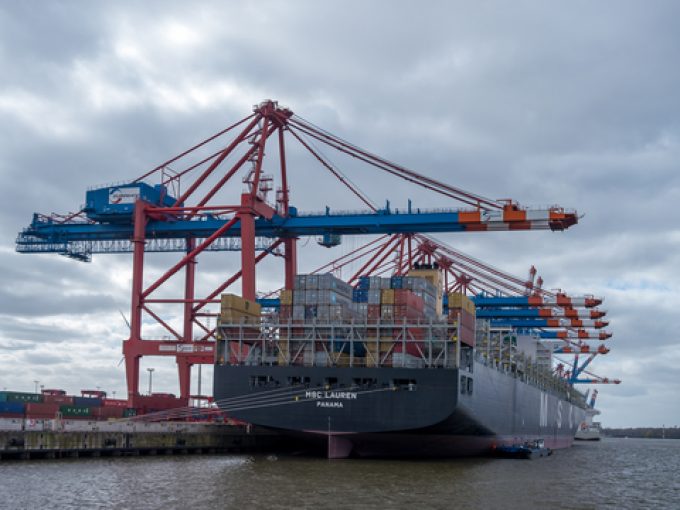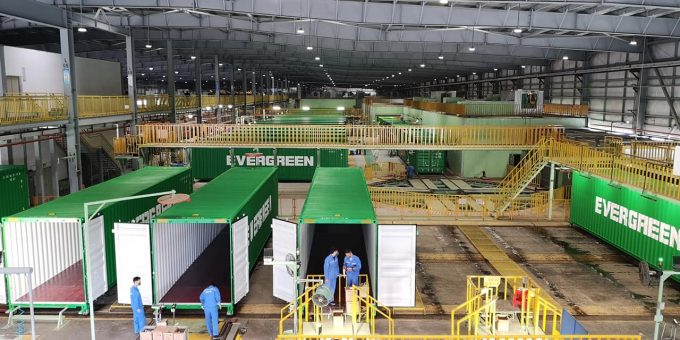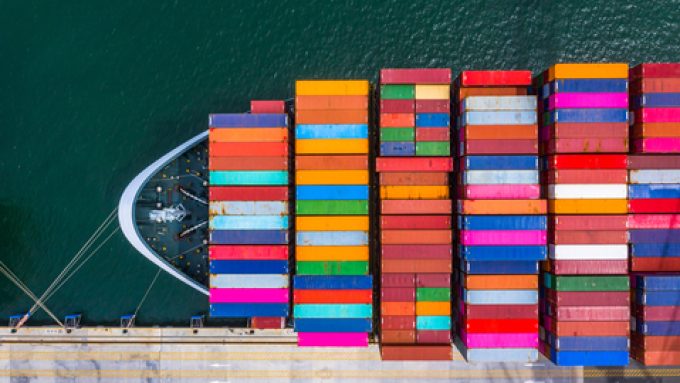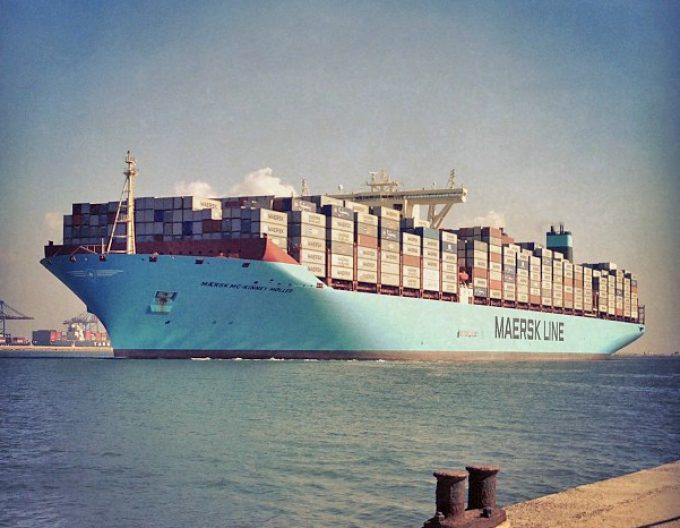China’s manufacturers feel the tariff pinch
Factories that rely on American markets are already feeling the cold hand of recession as shippers cancel orders and US shippers assess their options in an effort to minimise the worst effects of tariffs.
SeatradeMaritime New Nick Savvides, Europe correspondent April 23, 2025

According to analyst Jon Monroe, currently in Shanghai, the feeling is that the trade dispute will “blow over” in a couple of months and normal business will resume, however, what happens if this optimistic view does not come to pass, asks Monroe?
“Some factories, particularly those reliant on US orders, have shuttered their operations entirely. Many more are grappling with abrupt order cancellations and an atmosphere of uncertainty that makes future planning nearly impossible,” said Monroe.
According to Monroe, the tariffs on imports and the additional Section 301 costs from the fees that will be imposed in less than six months could mean that America is, “staring down the barrel of a full-scale trade freeze”.
The analyst further asks if the US public is, “truly prepared for empty shelves at major retailers? Because if the current trajectory continues unchecked, that could very well be our new reality.”
As time passes and the trade dispute remains unresolved there is an increasing air of uncertainty in the US and in US businesses.
The trade war has thrown business leaders and their forecasts into disarray: “Companies across multiple sectors, from consumer electronics to automotive and retail, are now struggling to plan for inventory, pricing, and supply chain logistics amid an unpredictable policy environment,” claimed Monroe.
If shippers are scratching their heads, their service providers are, for once, in sync with the carriers also reassessing how they should serve the US market, according to MDS Transmodal analyst Antonella Teodoro.
“While the proposed fees on Chinese-built vessels won’t be enforced until later in 2025, several shipping lines ought to start exploring potential workarounds to limit their exposure. Among the most plausible responses are supply chain diversification strategies, with operators seeking to preserve market access while avoiding or delaying the cost burden associated with the new US port fee regime,” said Teodoro.
Several options could be available to the lines, said Teodoro, including a hub and spoke reconfiguration of services, with Chinese-built vessels calling at regional ports and their cargo shipped to the US via a feeder or shuttle service.
Another possibility is to use slot agreements with alliance partners, a system that might benefit COSCO, whose fleet is particularly exposed to the Section 301 rules.
Other options could be to ship freight to Mexican and/or Canadian ports and to use road and rail to deliver cargo to US destinations, thereby avoiding the port call fees, but Teodoro points out that this adds to the costs and complexity of supply chains.
“While the full administrative framework around the new fees is still emerging, carriers are clearly exploring various ways to soften the potential commercial impact. Whether these adaptations lead to long-term structural shifts or remain temporary measures will depend on how aggressively the policy is implemented – and how the market responds,” concluded Teodoro.









